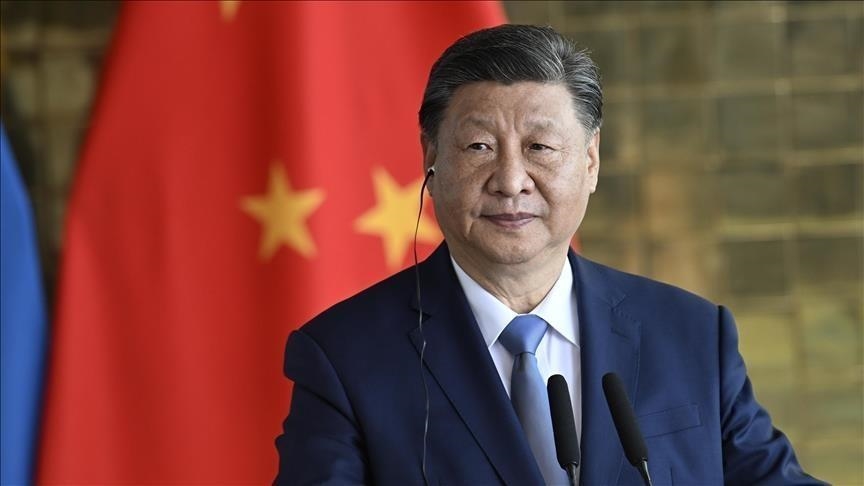Tensions in East Asia are once again on the rise as China ramps up military maneuvers near Taiwan and strengthens its naval presence in the South China Sea, sparking alarm among regional allies and the broader international community.
Over the past month, Taiwan’s Ministry of Defense has reported record numbers of Chinese aircraft and warships crossing into its air defense identification zone. These incursions, combined with large-scale Chinese naval drills, have raised fears of accidental clashes and escalations in one of the world’s most sensitive flashpoints.
Diplomatic standoffs have mirrored the military posturing. Beijing continues to insist that Taiwan is an inseparable part of China, condemning foreign governments that engage directly with Taipei. Washington, meanwhile, has reaffirmed its commitment to support Taiwan’s self-defense under the Taiwan Relations Act, conducting freedom-of-navigation operations in the South China Sea in coordination with allies such as Japan and the Philippines.
The South China Sea remains central to the broader contest. China’s fortified artificial islands and expanding maritime patrols challenge international norms, while Southeast Asian nations—including Vietnam and the Philippines—have pushed back diplomatically and militarily against Beijing’s expansive territorial claims.
Analysts warn that the combination of increased Chinese maneuvers, U.S. patrols, and Taiwan’s growing resolve creates a volatile environment where missteps could quickly spiral into confrontation.
For now, the standoff underscores a deeper struggle: a contest not only for Taiwan’s future but for the balance of power across the Indo-Pacific.
